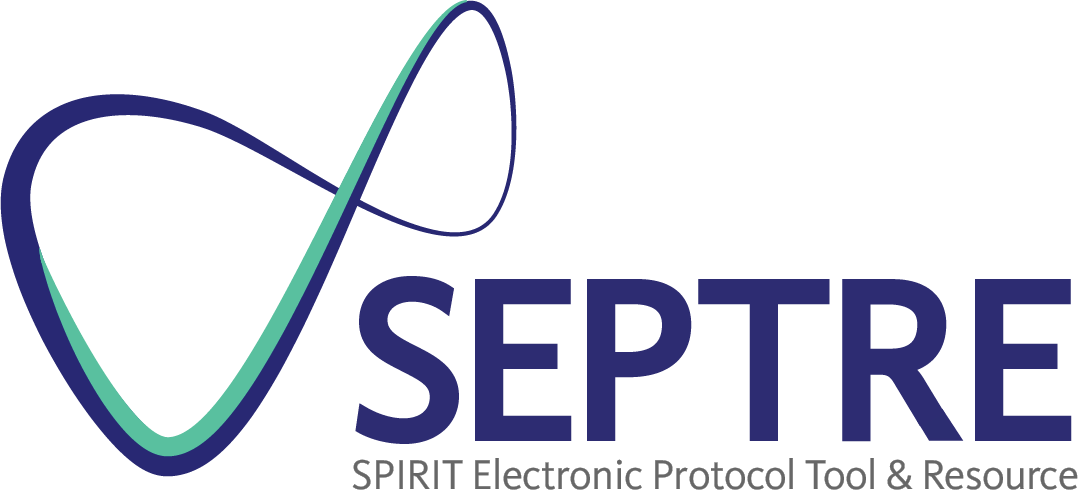Item 16b: Mechanism of implementing the allocation sequence (e.g., central telephone; sequentially numbered, opaque, sealed envelopes), describing any steps to conceal the sequence until interventions are assigned.
Example
“Participants will be randomised using TENALEA, which is an online, central randomisation service . . . Allocation concealment will be ensured, as the service will not release the randomisation code until the patient has been recruited into the trial, which takes place after all baseline measurements have been completed.” 240
Explanation
Successful randomisation in practice depends on two interrelated aspects: 1) generation of an unpredictable allocation sequence (Item 16a), and 2) concealment of that sequence until assignment irreversibly occurs.233;241 The allocation concealment mechanism aims to prevent participants and recruiters from knowing the study group to which the next participant will be assigned. Allocation concealment helps to ensure that a participant’s decision to provide informed consent, or a recruiter’s decision to enrol a participant, is not influenced by knowledge of the group to which they will be allocated if they join the trial.242 Allocation concealment should not be confused with blinding (masking) (Item 17) (Table 3).243
Table 3. Differences between allocation concealment and blinding (masking) for trials with individual randomisation.
[table nl=”~~” div style=”float:left” class=”table table-bordered” tablesorter=”0″ table delimiter=”|”]
[attr width=”50″]| Allocation concealment |Blinding (masking) [attr width=”175″]
Definition| Unawareness of the next study group assignment in the allocation sequence| Unawareness of the study group to which trial participants have already been assigned
Purpose| Prevent selection bias by facilitating enrolment of comparable participants in each study group| Prevent ascertainment, performance, and attrition biases by facilitating comparable concomitant care (aside from trial interventions) and evaluation of participants in each study group
Timing of implementation| Before study group assignment| Upon study group assignment and beyond
Who is kept unaware| Trial participants and individuals enrolling them| One or more of the following: Trial participants, investigators, care providers, outcome assessors.~~
Other groups: Endpoint adjudication committee, data handlers, data analysts
Always possible to implement?|Yes|No
[/table]
Without adequate allocation concealment, even random, unpredictable assignment sequences can be subverted.233;241 For example, a common practice is to enclose assignments in sequentially numbered, sealed envelopes. However, if the envelopes are not opaque and contents are visible when held up to a light source, or if the envelopes can be unsealed and resealed, then this method of allocation concealment can be corrupted.
Protocols should describe the planned allocation concealment mechanism in sufficient detail to enable assessment of its adequacy. In one study of randomised trial protocols in Denmark, over half did not adequately describe allocation concealment methods.2 In contrast, central randomisation was stated as the allocation concealment method in all phase 3 trial protocols initiated in 1968-2003 by a cooperative cancer research group that used extensive protocol review processes.11 Like sequence generation, inadequate reporting of allocation concealment in trial publications is common and has been associated with inflated effect size estimates.167;244;245

| 16a: Sequence generation | 16c: Implementation |
